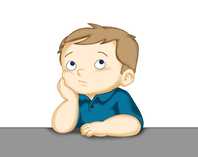
In the first post we gave a brief description of the history/definition of ABA and today, we will discuss probably the most important thing we come across and use in daily ABA— Functions.
Not surprisingly, functions in ABA refer to the functions of behavior. Simply put, this means why is someone performing a behavior? Are they doing it to get something or someone? Are they doing it simply because it feels good? Are they doing it to get away from something?
In ABA, we categorize functions into four main groups-
- Access (wanting an item or activity, e.g., a toy, food, playing a video game)
- Escape (wanting to get out of an activity/ away from an item/ e.g., away from a loud noise, homework)
- Attention (wanting attention from someone/ e.g., trying to impress a parent or friend)*remember this can also be negative attention e.g., hitting a sibling can get mom’s attention
- Self-Stimulatory/ Automatic (something that soothes an inner need/ e.g. eating food, scratching an itch).
We categorize this way because in order to change a behavior we must find a replacement behavior that serves the same function;
Example- if your child is throwing their plate/food on the floor towards the end of the meal you probably would like them to change that behavior. If we determine the function to be escape (from the task of eating) we can come up with an alternative (replacement) behavior that serves the same function (like saying “All done” or handing plate to mom).
As long as we have guessed the correct function- The behavior we want to change “throwing the plate on the floor” should decrease and the replacement behavior we would like to see i.e., handing plate to mom or saying “all done” should increase. Yeah!
Next time- How do we know what the function is?
Chris C. Shaw Jr. M.A., BCBA, LBA – National Speech/Language Therapy Center